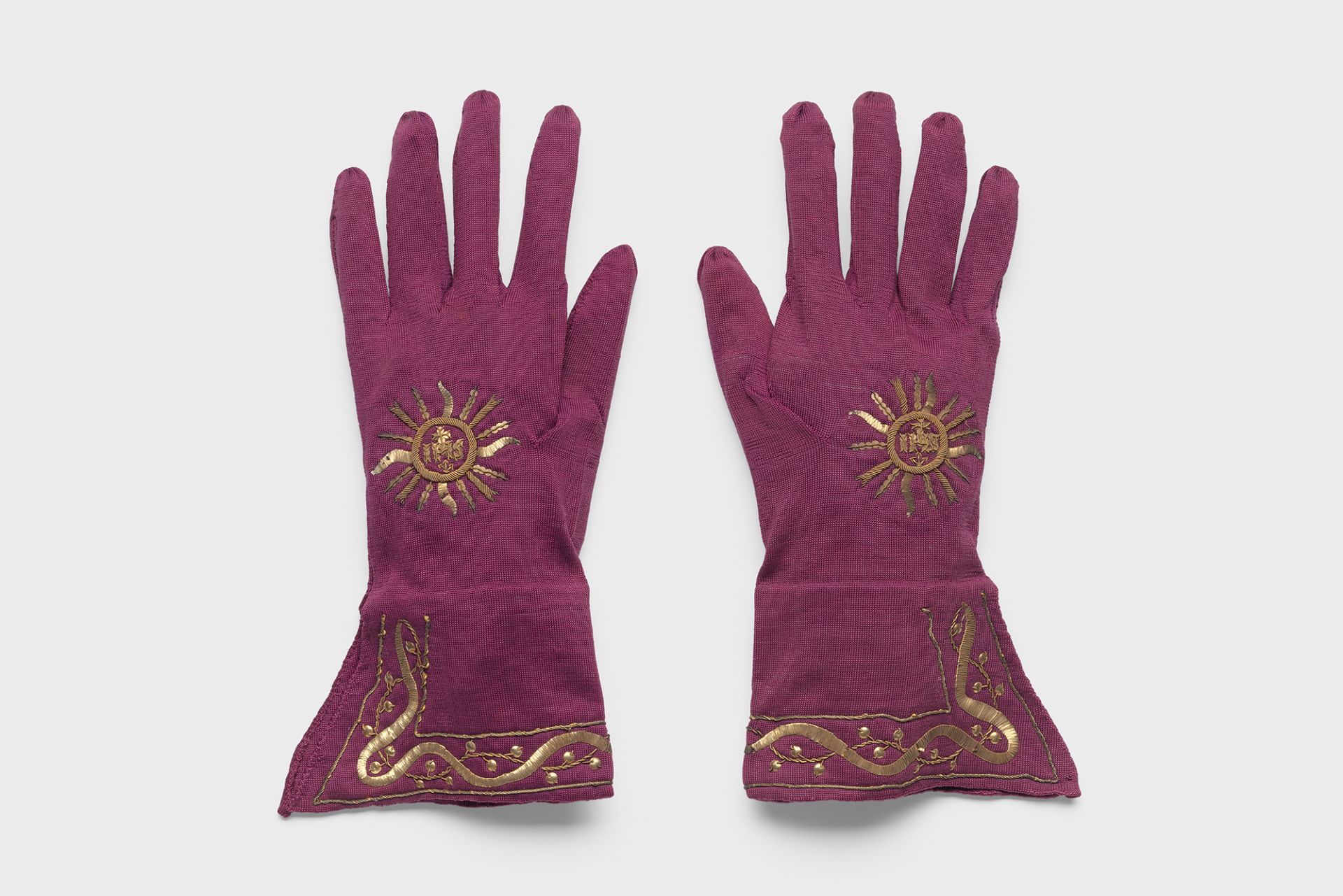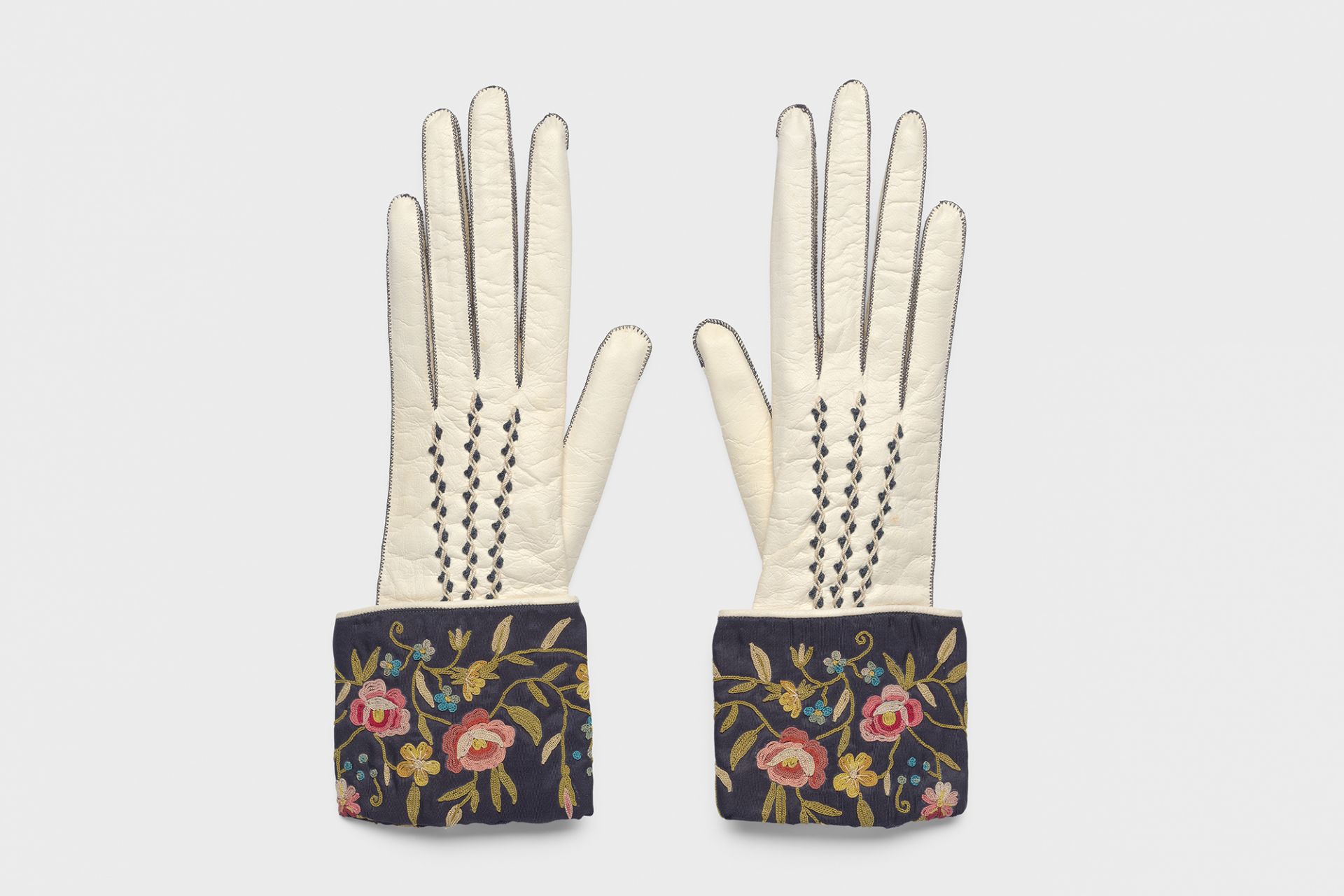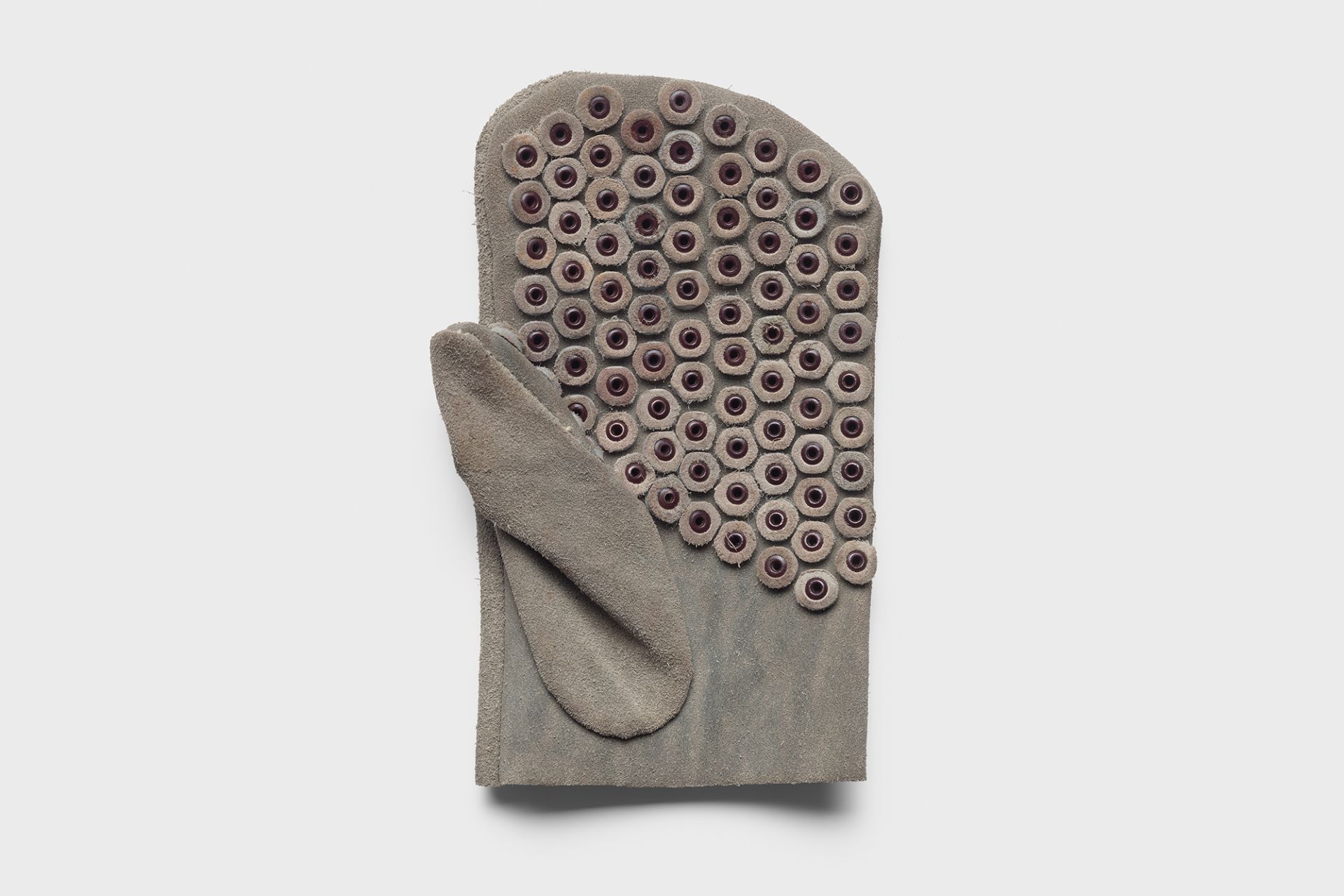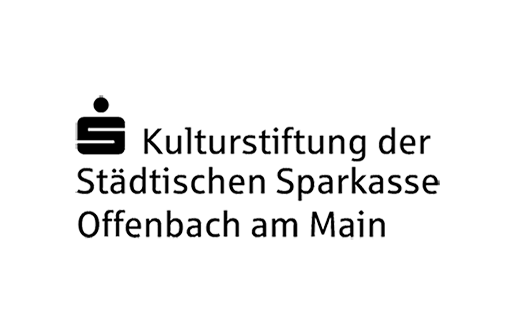12 November 2022 extended until 7 January 2024
THE GLOVE
More than fashion
Bernie Sanders set off a veritable hype by wearing them at President Biden’s inauguration ceremony; the deceased Queen Elizabeth II wore ones that matched her outfits; the image of Audrey Hepburn with long black ones in Breakfast at Tiffany’s has etched itself into the memory of her fans; and Karl Lagerfeld was never seen without them in the last few decades before he died. All four shared a love of gloves.
Although as an item of clothing gloves went out of fashion in the second half of the 20th century, they made a comeback on the international catwalks and are also receiving greater attention owing to the hygiene measures implemented during the Covid-19 pandemic. Deutsches Ledermuseum showed over 90 exhibits that illustrate the extensive cultural history of handwear and exploring the many facets of this underestimated accessory.
The majority of the selected gloves and pairs of gloves had never been seen in an exhibition before. The Deutsches Ledermuseum collection boasts a wide range of glove types from different eras and cultures to provide ever new insights.
Warming Inuit mittens, boxing gloves, disposable rubber or latex gloves, and Pontifical gloves, to models by renowned designers such as Marc Jacobs and Dries Van Noten looked back on a longstanding tradition of this highly symbolic accessoryas a love token, a gauntlet in a duel, or as the insignia of royalty and firm component of first courtly, then bourgeois etiquette.
The tools and utensils used to produce gloves also revealed interesting facts about the craft itself which was carried out entirely by hand from the Middle Ages until the beginning of the 19th century. It was once considered de rigeur to perfume gloves and visitors could experience this long-forgotten fashion with a specially-created fragrance station.
For the exhibition, the Deutsches Ledermuseum cooperated with Pforzheim University, which offers a course of studies towards a Bachelor’s degree that is unique in Germany – ‘Accessoire Design’ (Accessory Design). Contemporary designs created by the students there – from sketches of their ideas to prototypes and even end products – complemented items showcasing the Museum’s collection.
Accompanying the exhibition is an extensive publication from arnoldsche Art Publishers (German/English). This is available for purchase on site in the museum or can be ordered via e-mail at info@ledermuseum.de
The exhibition has been made possible thanks to generous funding from Dr. Marschner Stiftung and Hessische Kulturstiftung.
Sparkassen-Kulturstiftung Hessen-Thüringen, Kulturstiftung der Städtischen Sparkasse Offenbach am Main and Förderkreis des Deutschen Ledermuseum e.V. support the project as well.













